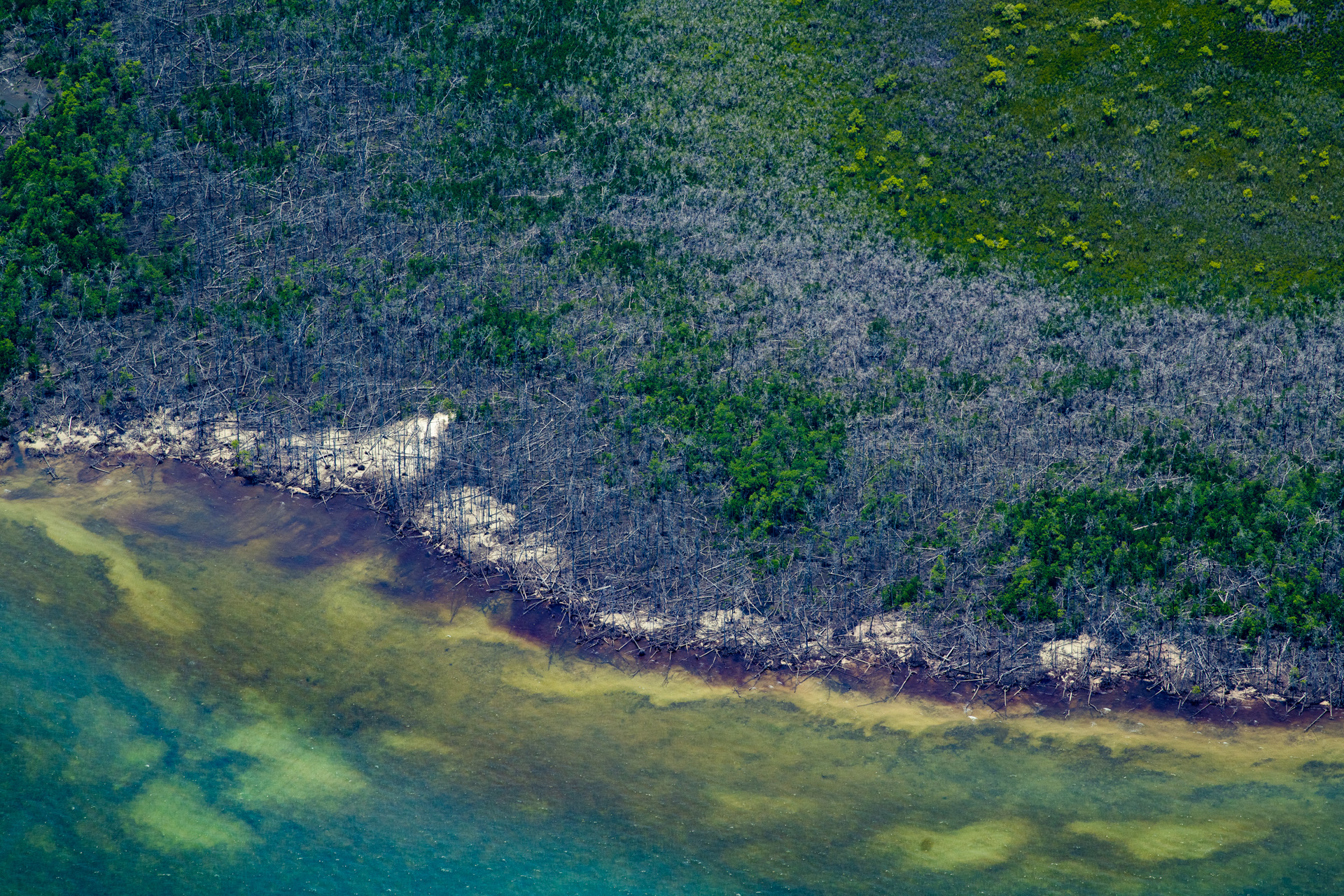|
|
CyclonesA tropical cyclone is a low pressure system that forms over warm waters[3]. Tropical cyclones produce extreme winds, heavy rainfall and flooding, large waves and damaging storm surges capable of flooding low lying coastal areas. Cyclones and other storms such as east coast lows can remove large quantities of sand, depositing it elsewhere – posing a coastal erosion hazard. Quick facts
Tropical cyclones form over warm tropical seas with very warm sea temperatures providing the energy source. Tropical cyclones are low pressure atmospheric heat engines that drive many other processes, including wind, waves, rainfall that produces significant riverine runoff, flooding, and storm surges that produce coastal inundation. East coast lows are autumn and winter low pressure systems that resemble cyclones and cause many of the same impacts. In northern and central Queensland, cyclones are a regional driver of seasonal climate from November to April. “Cyclone alley” is a belt describing the more frequent cyclones in parts of northern and central Queensland. Cyclones occur less frequently in southern Queensland, occasionally extending as far south as northern New South Wales. Cyclones are rated on a scale of 1-5 according to their wind speed but vary in their diameter and the intensity of the destructive core. A system such as Severe Tropical Cyclone Yasi had a diameter spanning most of the Queensland coastline and its destructive core extended from Tully to Ingham in North Queensland. Cyclones produce large waves that are highly spatially variable in surface heights and stir up the water to scour the sea floor (“bed shear stress”). Cyclone winds drive sea to greater heights that accompanies the low pressure system. When these higher sea levels crosses the coastline, destructive waves inundate low-lying coastal areas in a process called a storm surge. The impacts resulting from the storm surge crossing the coastline is highly dependent on the height of the tide as this adds to the storm surge height. Cyclones and wetland functionTogether with the monsoon or wet season, cyclones increase summer-autumn rainfall patterns, floodplain flows and flood discharges into estuarine and marine receiving waters, triggering critical life processes of freshwater aquatic and estuarine-marine biota. For example, barramundi depend on seasonal floodplain flows for reproduction, growth and recruitment. Cyclones and subsequent flooding impact both coral reefs and seagrass meadows and their fauna (e.g. dugong, turtles etc.). Cyclone waves can pick up massive coral bommies from the Reef, throwing them across the reef crest and reef flat. Destructive cyclone waves cause a path of destruction across coral reefs that results in physical damage and reduces live coral cover and structural complexity[1][2]. Floods that follow bring sediment and nutrients that impact water clarity and smother seagrass meadows and corals with sediment and nutrients that promote algal growth over coral or seagrass. Cyclone damage and associated seagrass loss can result in dugong and turtle disease and mortality Cyclones also have beneficial effects on ecosystems. Cyclone waves can penetrate up to 60m depth, causing cooler waters to upwell onto the continental shelf. Clouds from cyclones also shade and cool the water. Both effects reduce water temperatures and heat stress likely to bleach coral. Post-cyclone flooding promotes plankton blooms. The rainfall that occurs with cyclones and east coast lows can also deliver much needed rainfall to areas, replenishing groundwater aquifers and activating dry floodplains, such as those in the Lake Eyre Basin. Their weather systems, once they have crossed the coast, are downgraded and the rainfall, winds and cooler temperatures can travel long distances inland and persist for over a week afterwards. Tropical low 13U for example, was associated with disastrous monsoon rainfall to Townsville and North West QLD. Cyclone damage and water quality runoff associated with floods are disturbances resulting in cumulative impacts on the Great Barrier Reef (along with coral disease, bleaching and crown-of-thorns starfish outbreaks). All of these factors affect coral resilience, the ability to recover from disturbance events. References
Last updated: 22 March 2013 This page should be cited as: Department of Environment, Science and Innovation, Queensland (2013) Cyclones, WetlandInfo website, accessed 8 May 2025. Available at: https://wetlandinfo.des.qld.gov.au/wetlands/ecology/processes-systems/cyclones/ |

 — Department of the Environment, Tourism, Science and Innovation
— Department of the Environment, Tourism, Science and Innovation


